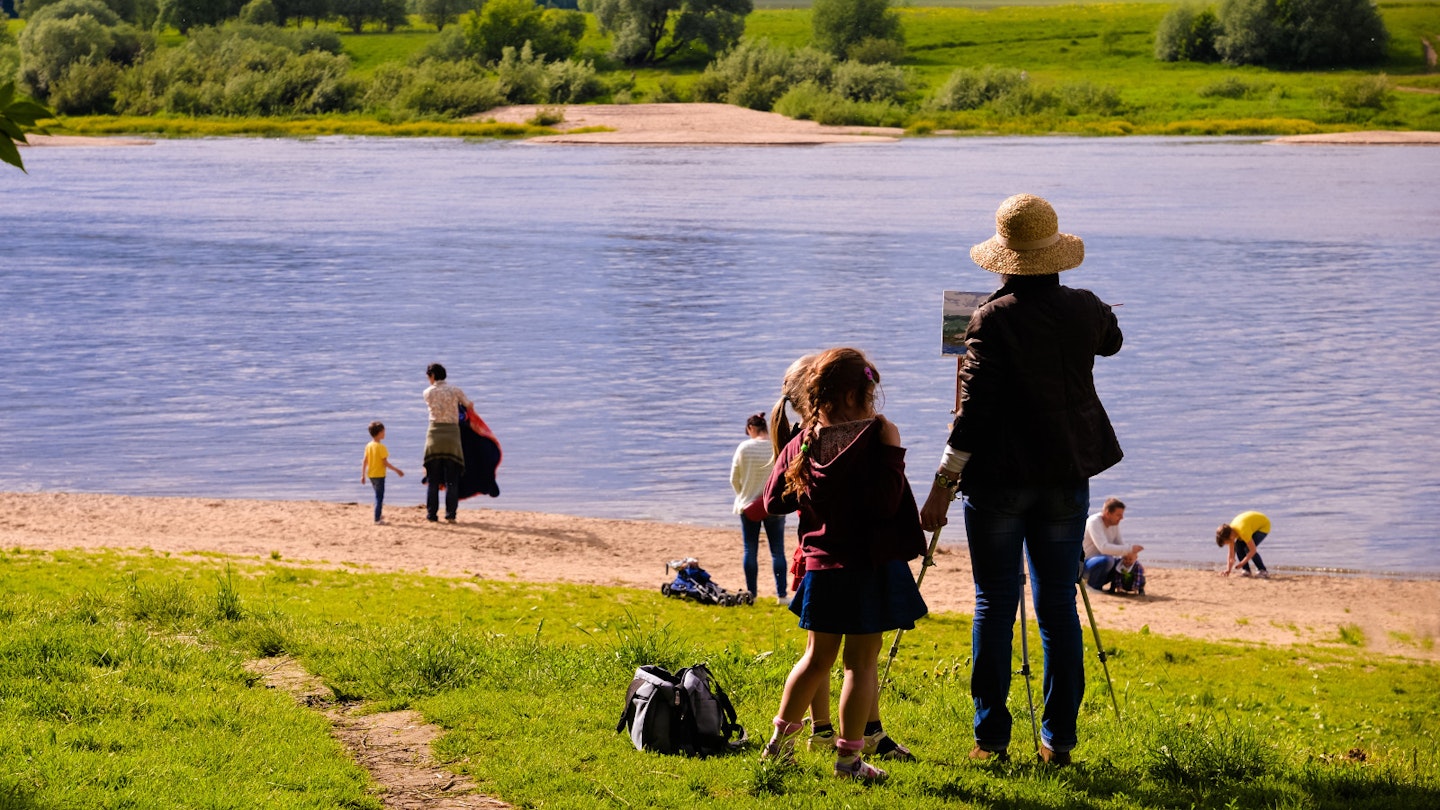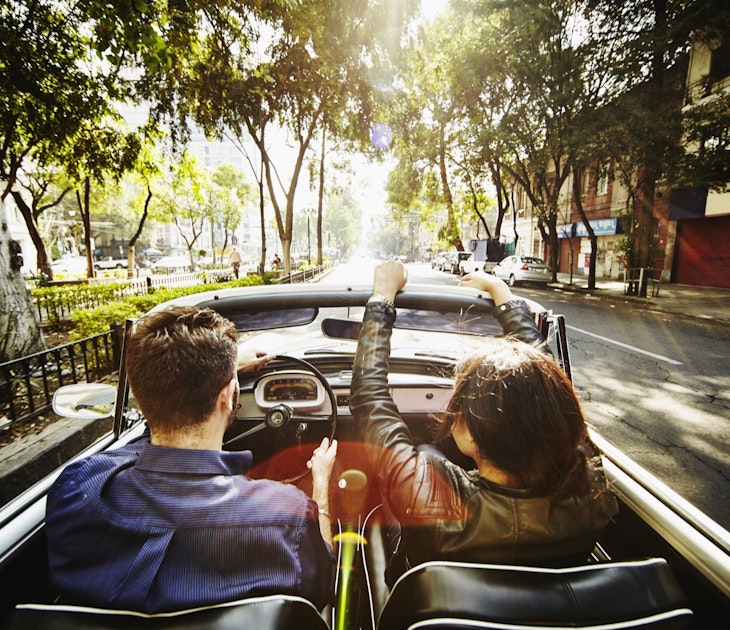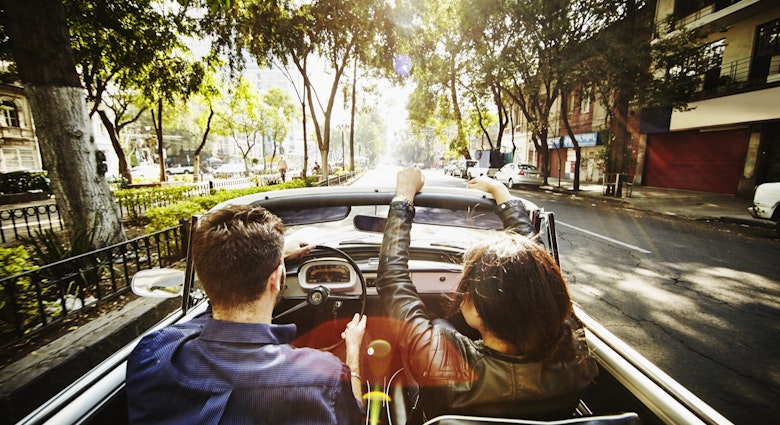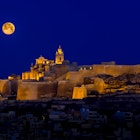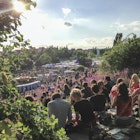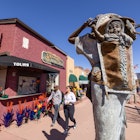Nothing in classic Russian literature captures the idea of paradise lost better than Anton Chekhov’s The Cherry Orchard. The M2 highway going directly south from Moscow passes a few notable countryside retreats – including Chekhov’s own at Melikhovo (80km) where the writer’s modest estate, now a wonderful museum, is located. But the main ‘cherry-orchard’ belt lies further south.
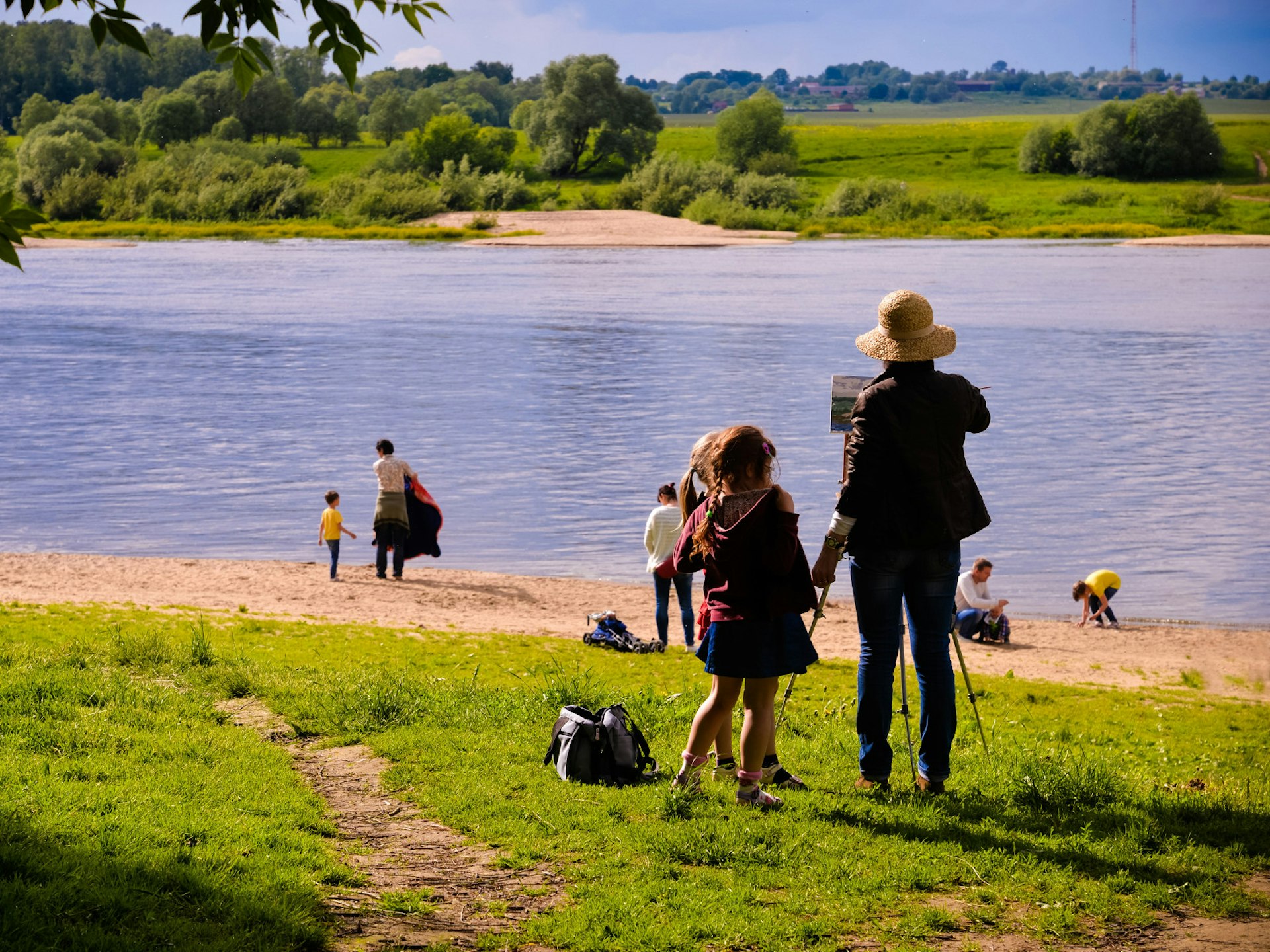
Since the end of the 19th century, urban escapists have been gravitating towards a cluster of bohemian dacha (country house) settlements in the valley of the Oka River around the sleepy town of Tarusa, roughly 130km down the M2. Later in the 20th century, the Soviet authorities created a practical reason for the bohemians to move here, on top of the idyllic scenery. Many of those who survived Gulag prison camps were not allowed to settle closer than 100km from Moscow, which is why artists, writers and musicians ended up starting their new lives after prison here.
But the story begins long before the Soviets. One of the earliest settlers was artist Vasily Polenov, who built his estate in a beautiful wooded area across the river from Tarusa in the 1890s. The money came from a single painting he sold to the tsar – Jesus and the Sinner Woman, which is today on display at the Russian Museum in St Petersburg. The estate, now called Polenovo, remains the main magnet for visitors to the area.
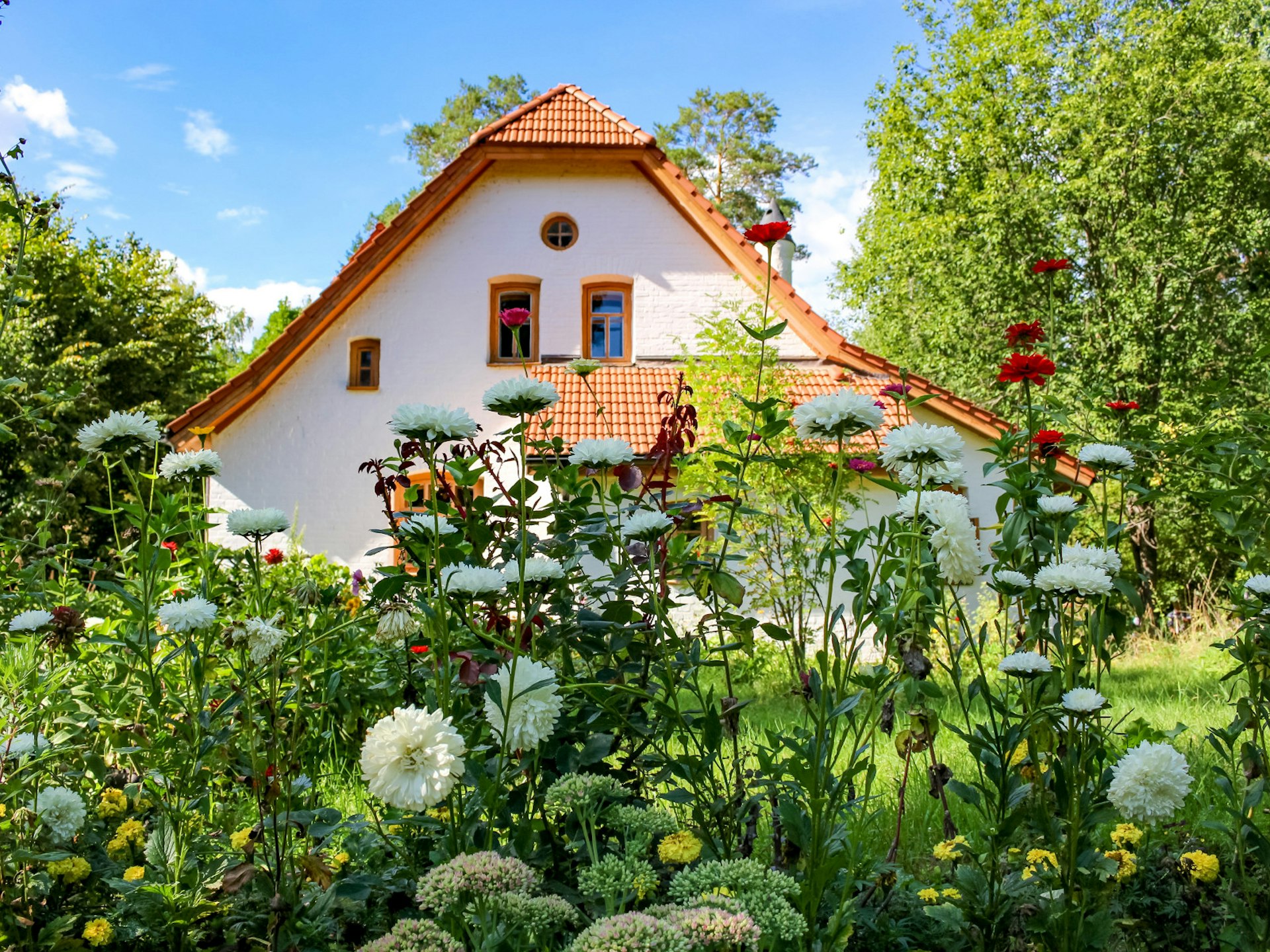
The estate’s architectural eclecticism reflects the progressive cultural trends of that age – designed by the owner, the buildings reveal his fascination with Germany, Italy as well as Russian folklore. Polenov gave each building a romantic name: for instance, the sweet little cottage that houses the artists’ studio was christened ‘the Abbey’. Further along a footpath, lined with giant fairytale-like fir trees, stands a summer theatre – an open-air structure with ancient Greek and Gothic architectural elements covered in red American ivy.
The local peasants were welcome to watch the plays, which is why – uniquely and amazingly – Polenov retained the estate after the 1917 revolution and died here in very old age a decade later. Now a museum open for visitors, the estate is still run by his family that lives on the premises. The area is great for leisurely walks through the woods, fields and along the meandering river with its sandy beaches. The water gets warm enough to swim in summer (but beware of the strong current!).

These days the area still attracts the trendy crowd, just like in Polenov’s times. Mark & Lev restaurant manifests all that is good about Moscow’s gastro-hipster culture, which benefits from Russia’s ban on foodstuffs produced in the EU by encouraging local production. Branding their brainchild ‘a locavore place’ and getting most products from an adjacent farm, the owners subject traditional Russian staples to modern cooking techniques, and the result is most satisfying. Try the steamed sturgeon with spelt, and water it down with house-made kvas (traditional Russian fermented drink made from rye bread) or local beer.
Mark & Lev is about 5km on the way from Polenovo back to the main highway. It’s possible to walk the distance along the riverbank via the village of Bekhovo, whose pretty art nouveau church was designed by Polenov in 1904. Further down the same road, the village of Podmoklovo has an interesting Italianesque church, which is the venue of an annual festival of medieval music played using period instruments.
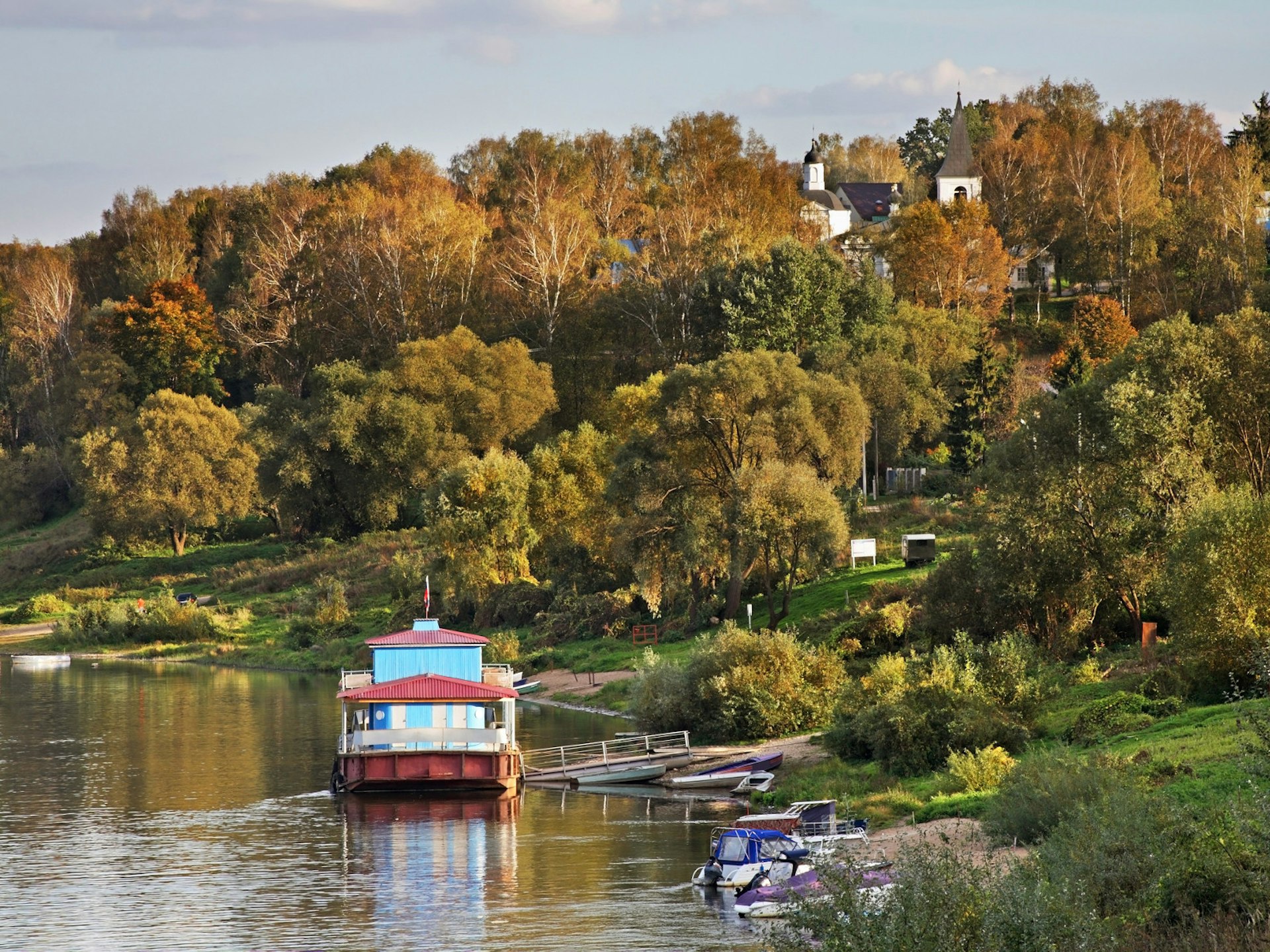
If you’re seeking a bohemian refuge for yourself, take another road from the Polenovo estate towards the village of Dvoryaninovo. Fusing Chekhovian cherry-orchard lifestyle with contemporary Moscow hipster culture, Bolotov.Dacha is a countryside hotel run by Russia’s most popular co-working space chain, Tsiferblat. The blue-coloured wooden mansion house has a large common area with a fireplace, where aspiring authors, designers and graphic artists can dig into their projects between gorgeous meals served in a similarly large dining room and made from products supplied by Mark & Lev farm. One can stay and work here for a day and go back to Moscow in the evening, but if you wish to overnight, there are nicely appointed dacha-style rooms on the 2nd floor.
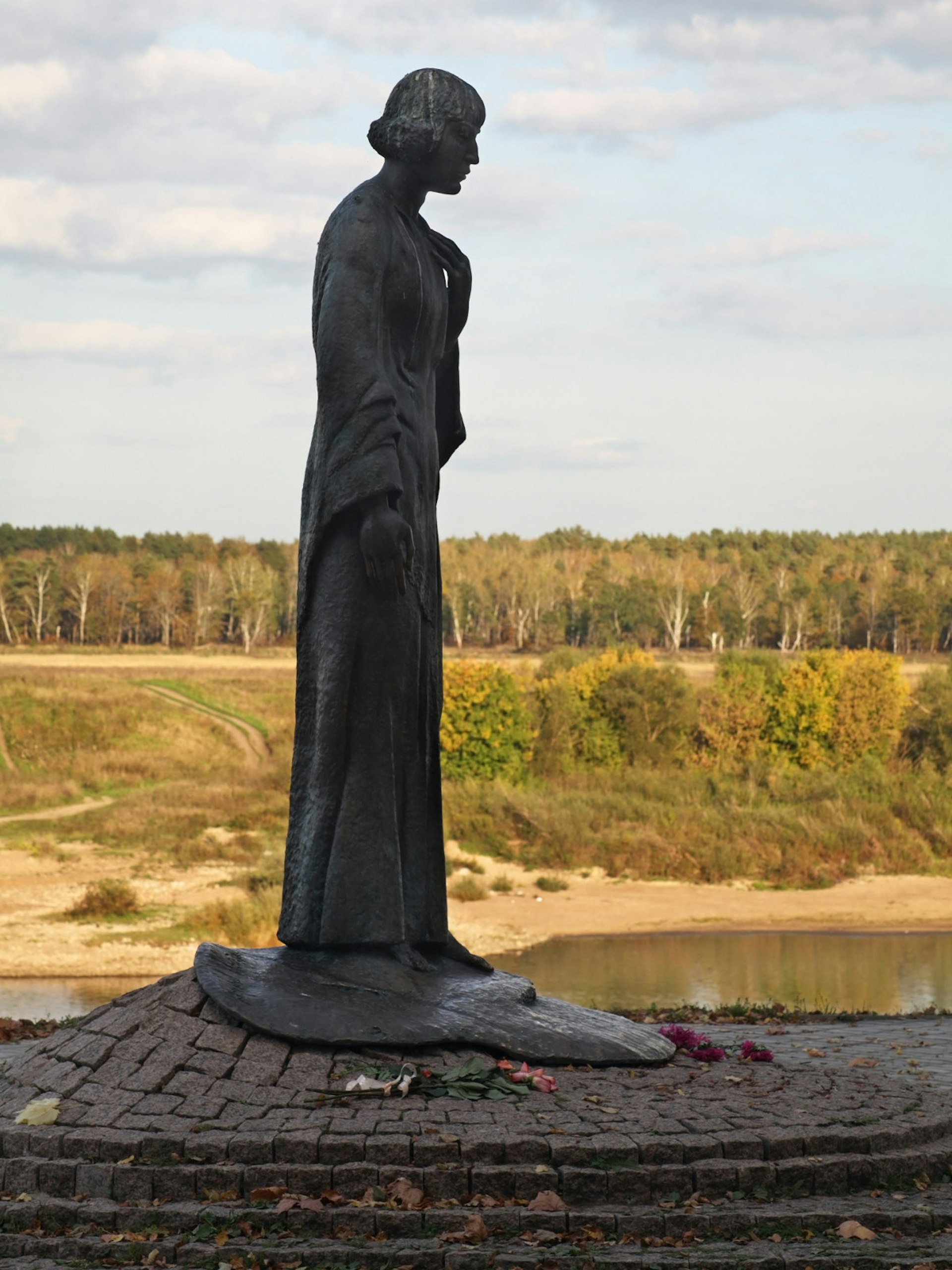
Opposite Polenovo (sadly, there’s no bridge or ferry so you need to make a nearly 70km detour via Serpukhov), Tarusa is a pretty little town of quaint wooden cottages on the high bank of the river which remained a haunt for creative types throughout the 20th century. Ivan Tsvetaev, the founder of the Pushkin Museum of Fine Arts in Moscow, brought his family here in the early 1900s. Their house (now a museum) became a very literal paradise lost for the daughter, Marina Tsvetaeva – one of the most tragic figures in Russian poetry. Having suffered terribly during the Russian civil war, she fled to Czechoslovakia, where she fell in love with a Soviet agent and returned to Stalin’s USSR in the 1930s. She hung herself after she was evacuated from Moscow at the start of WWII.
A beautiful statue of Tsvetaeva stands on top of the hill next to a baroque bell tower overlooking the river valley, a stone’s throw from the statue of another famous female poet, Bella Akhmadulina. Together, these two tall women look like burning candles, which was indeed the idea behind the design by Boris Messerer. A short walk away, the Tsvetaev family house contains an interesting museum. But for the best glimpse of bohemian dacha life, visit the nearby house-museum of Konstantin Paustovsky, a Soviet author who dodged the risk of ending in the Gulag by dedicating his entire career to describing nature.
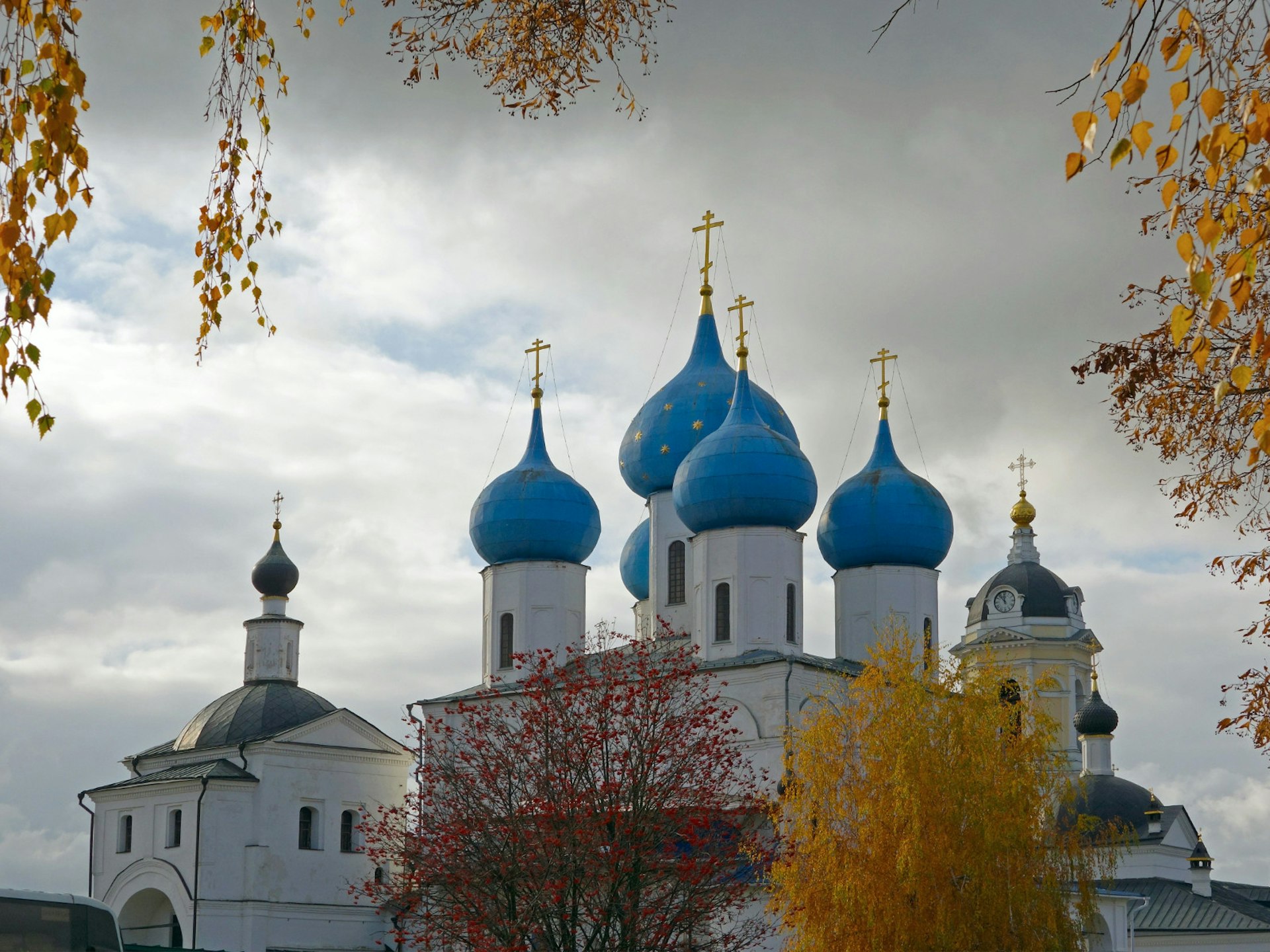
There are a couple of good lunch and dinner options around town. Tarusskoye Vremya is a pretty cafe that features a remarkable collection of Soviet-era clocks and serves decent bliny (pancakes). A courtyard outside displays whimsical metal art objects and ironic portraits of Tarusa residents produced by a local artist. Another place is Cheburechnaya, a straightforward cheapie famous for its chebureki (Tatar meat pastries) and pelmeni (dumplings). The wooden edifice also houses the maze-like Hostel Dubrovsky, which has adequate singles/doubles for R1000/1200.
If you crave more luxury, head to Welna Eco Spa Resort, located just outside Tarusa. The design of its buildings and rooms strives to fuse a classic dacha experience with modern comforts, such as indoor and outdoor pools as well as a great spa complex featuring Finnish- and Russian-style saunas, a Turkish hamam and even an ice cave to cool off after the steam room. There’s plenty more accommodation in the area, and the large resorts come with nice restaurants that welcome non-guest visitors.
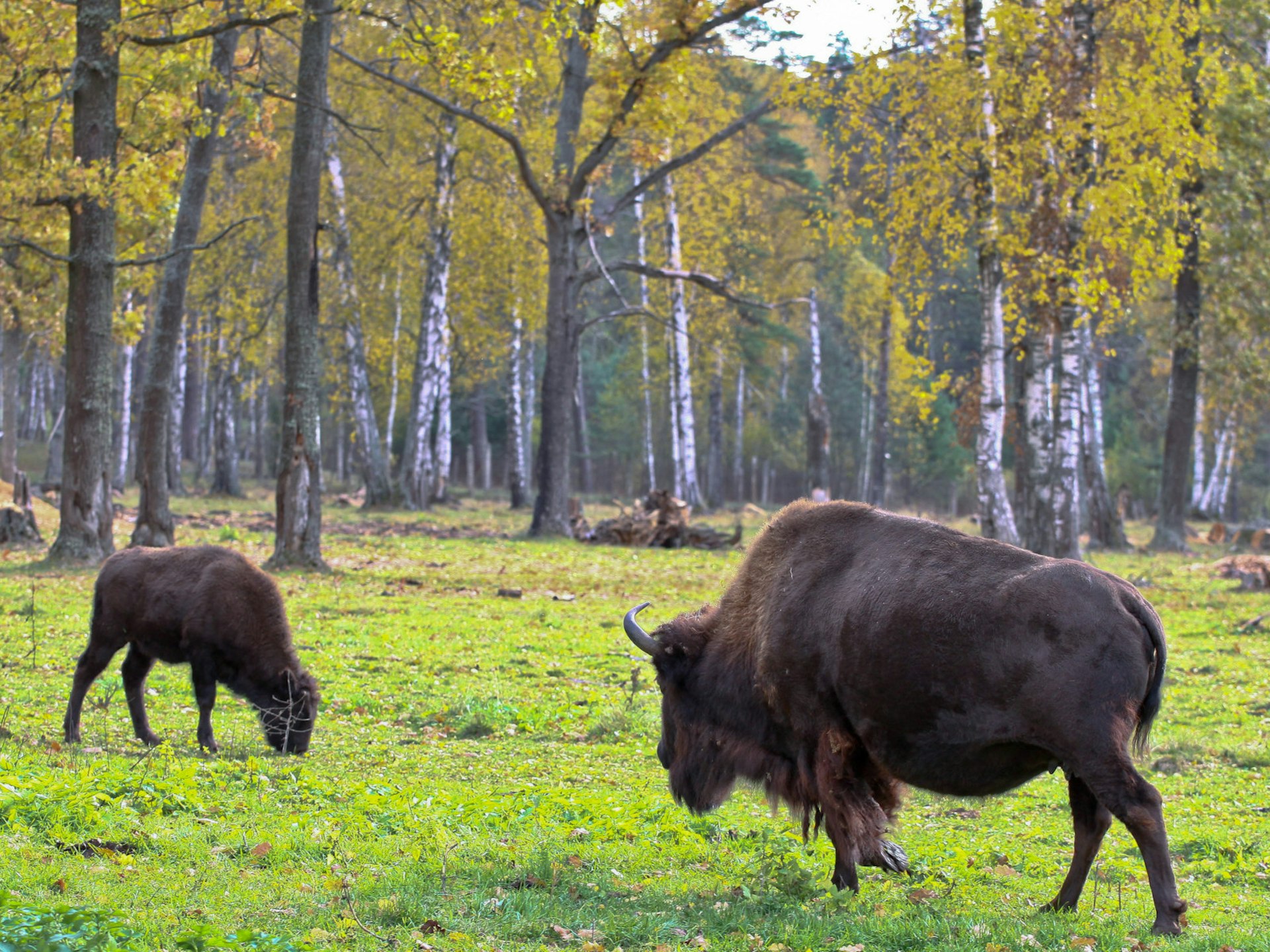
Both Tarusa and Polenovo can be reached by bus or taxi from Serpukhov, which is connected by train to Moscow’s Kursk station (Kursky vokzal). But you’ll have an infinitely better experience if you rent a car and travel under your own steam. Pretty Serpukhov boasts a well-preserved historic core of low-rise buildings, once occupied by provincial bourgeoisie, and a couple of medieval gems including the Vysotsky Monastery. Its vast main square features a cluster of nice cafes; the outstanding Matryona is a family establishment that serves traditional Russian staples.
A major attraction nearby is a bison nursery created to replenish the population of zubr (European bison). Born in captivity, the bison are learning to fend for themselves in the forest of the Prioksko-Terrasny Nature Biosphere Reserve, but many are still dependent on feeders at the park’s headquarters, where visitors can meet them and perhaps offer a carrot or two provided by the rangers. The road to the bison nursery begins opposite the Serpukhov turn on M2.
